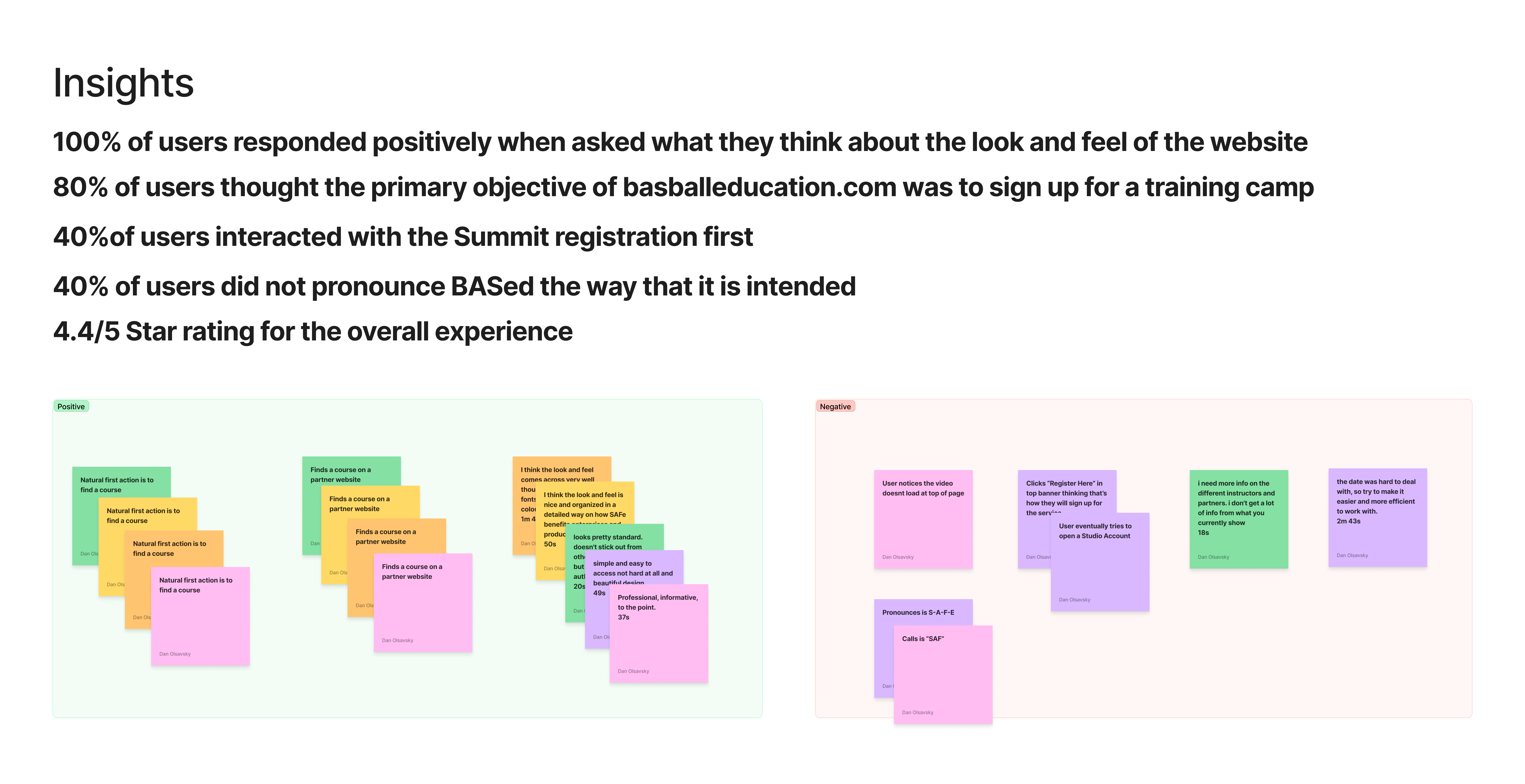Designing with Empathy: User Research Techniques
UX Research • April 19th, 2023 • by Dan Olsavsky
In this lesson, we dive into the practical strategies essential for gathering, analyzing, and interpreting user insights. From conducting insightful interviews, crafting impactful surveys, to astute observations, we’ll explore diverse methods for collecting rich user data. Through real-world examples and hands-on approaches, you’ll gain the skills needed to distill this data into actionable insights that drive informed design decisions.
Conducting Effective User Interviews, Surveys, and Observations
Mastering user interviews involves framing open-ended questions that encourage detailed responses. For instance, in an app development scenario, asking users about their frustrations with current apps can reveal pain points. Crafting surveys with concise yet comprehensive questions, such as rating features on a scale of importance, can offer quantifiable insights. Observations, like tracking how users navigate a website, unveil behaviors difficult to capture through direct questioning.
Example Questions
- Tell me about a recent experience using [Product/Service]. What stood out to you the most during that experience?
- Can you walk me through the process of [specific task or goal]? What steps did you take, and were there any challenges along the way?
- How do you typically [use/interact with] [Product/Service]? What do you like/dislike about this process?
- Could you describe a situation where [Product/Service] exceeded your expectations? What made that experience memorable?
- When it comes to [specific feature or aspect], what would make it more useful/easier for you?
- What frustrations or challenges have you encountered while [using/navigating] [Product/Service]? How did it impact your overall experience?
- Can you share an instance where [Product/Service] made a significant impact on your daily routine or work? How did it influence your tasks or decisions?
Analyzing and Synthesizing User Research Data
Consider a scenario where interview transcripts and survey responses need synthesis. Coding similar themes or sentiments across different data sources can reveal patterns. Tools like affinity diagrams or journey maps can organize these patterns, providing visual representations that aid analysis. Synthesizing data might involve recognizing that user complaints about slow loading times align with frustration during peak traffic hours.

Interpreting Insights for Design Decision Making
Imagine discovering through research that users struggle with the app’s onboarding process. This insight could lead to a redesign focusing on simplifying the initial user experience. Understanding that users prefer a streamlined checkout process could prompt the elimination of unnecessary steps. Interpreting insights might mean recognizing that a specific demographic prefers visual cues over written instructions, impacting interface design choices.
Interpreting insights from user testing and effectively sharing them with stakeholders is crucial for informing decision-making and driving improvements in the design process. Here’s how you can do it:
- Highlight Key Findings: Summarizing the most significant insights helps stakeholders quickly grasp the essential takeaways from the user testing sessions. This ensures that key areas for improvement or further exploration are clearly identified and prioritized.
- Recommendations for Improvement: Providing clear and actionable recommendations based on the insights gathered from user testing guides stakeholders on the next steps for improving the design. This helps translate insights into concrete actions that drive meaningful changes in the design process.
- Engage Stakeholders: Engaging stakeholders in a collaborative discussion about the insights from user testing fosters a shared understanding and buy-in for proposed changes. It allows for questions, feedback, and contributions from stakeholders, ensuring that decisions are informed by a diverse range of perspectives.
By following these steps, you can effectively interpret insights from user testing and communicate them to stakeholders in a way that informs decision-making and drives improvements in the design process.
Key Takeaways
- Effective Data Gathering: Different methods like interviews, surveys, and observations offer unique insights into user behavior.
- Data Analysis Proficiency: Organizing data using tools like affinity diagrams aids in recognizing user patterns and pain points.
- Data-Driven Design Decisions: Interpreting research insights directly influences design choices for improved user experiences.
By exploring these techniques with practical examples, this lesson equips designers to not only gather data effectively but also to distill and interpret it in ways that significantly impact design decisions.
Thank you for taking the time to read my article! I value your interest and engagement. I invite you to continue the conversation by sharing your thoughts, questions, or feedback in the comments section below. Don’t forget to like and share this article with your network if you found it valuable. And remember to check back in a couple weeks for my next insightful article. Until then, stay creative and keep exploring!



